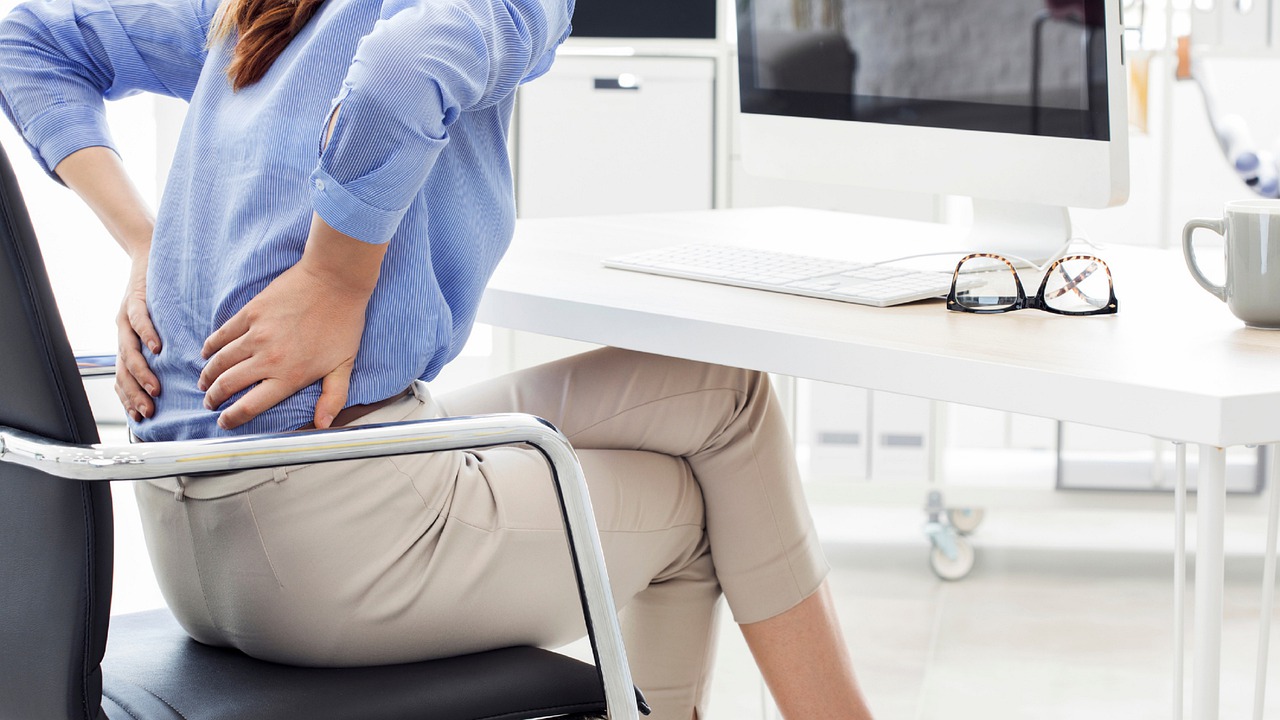Myth #1: I have a “bad back,” and it will never get better.
Most of us have heard people talk about their back “going out” or having “a bad back”. Having heard these stories, we can come to believe that there are two groups of people: the general population and those with “a bad back.” Further, we may believe that once our back “goes out” we necessarily become permanent members of the latter group.
It’s important to understand that the entire concept of a “bad back” is a belief, a myth. Instead, there are predictable factors that lead to the pain, and when we understand what is causing the pain, we can then work towards relieving the pain.
Myth #2: My back is damaged.
In 99.5% of cases of chronic back pain, there is no damage to a physical structure causing the pain, but several factors that led to muscle tightness.
Consider the following study results that affirm this.
- 64% of people without back pain show disc findings on MRI
- Half of people with back pain show no findings
- 50% of people with back pain were “cured” after exploratory surgery showed no findings
There are real, physiological reasons that your back hurts, but it’s usually not because of damage.
Myth #3: My back needs to be protected.
It is very common and very natural to want to protect your back when it hurts. When we break a bone, for example, we protect it by casting and resting it until it heals. When we have the flu, we rest and slow or stop activities until the virus runs its course.
However, for most people with chronic back pain, the natural reaction of restricting activities, resting, or bracing in an effort to protect and heal your back can actually contribute to the pain.
Since most back pain is due to muscle tightness, when we attempt to “protect” it, we contract our muscles over a prolonged period of time which increases the pain we feel. When we rest, our muscles don’t get to be used in a healthy manner, and they become weakened and lose elasticity.
Muscles need to regularly contract and relax; prolonged contractions and inactivity work against optimal mucle health and function. Continuing to move – with good mechanics – is one of the best things we can do for our backs – even, in most cases, when your back hurts.
Myth #4: There is more back pain today because we walk upright, or because the back is fragile and poorly designed.
I hear this one a lot. It’s important to know that the human spine is a brilliantly designed, strong and stable structure. It is not often fragile, and is more than suitably able to perform the tasks we do each day.
That said, the way most of us typically sit, stand and move with our backs has changed quite a bit over the past 50 years, and it is how we move our backs that can contribute to the pain. Look at a photo of a person from the 1920’s or before, then compare their posture to a teenager sitting at a computer or an adult worker sitting in a chair while operating a tablet.
The increase in back pain is not because of poor design, but poor mechanics. When we learn to properly balance our postures, we can sit, stand and move with ease and without pain.
Copyright © 2022 Mary A Williams, MSEd, BACKCoach, LLC. All rights reserved.
